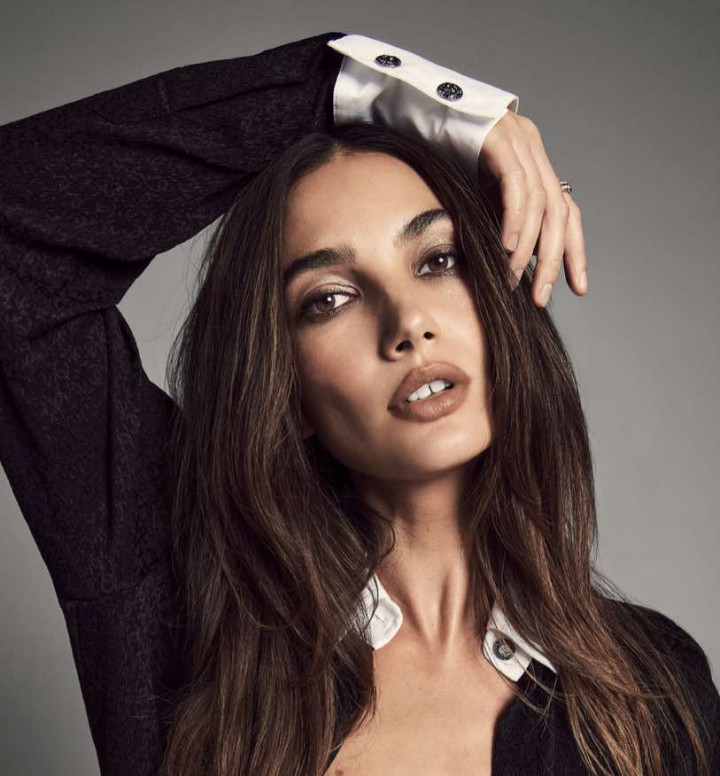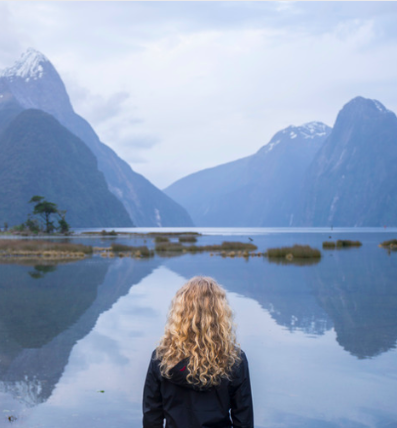Meet Bella McGoldrick, her generation’s most technically accomplished illustrator
Sitting at an interesting intersection of design and art, the very cool Bella McGoldrick might be one of her generation's most technically-accomplished illustrators. Her hyper-realistic image series’ have garnered significant social media attention. Our favourite—her replication of some of the most industry-defining chairs. As we head back indoors for the year, we caught up with now-Australia-based Bella to ask her how many hours go into creating the perfect chair, and the spaces where she finds most of her inspiration.
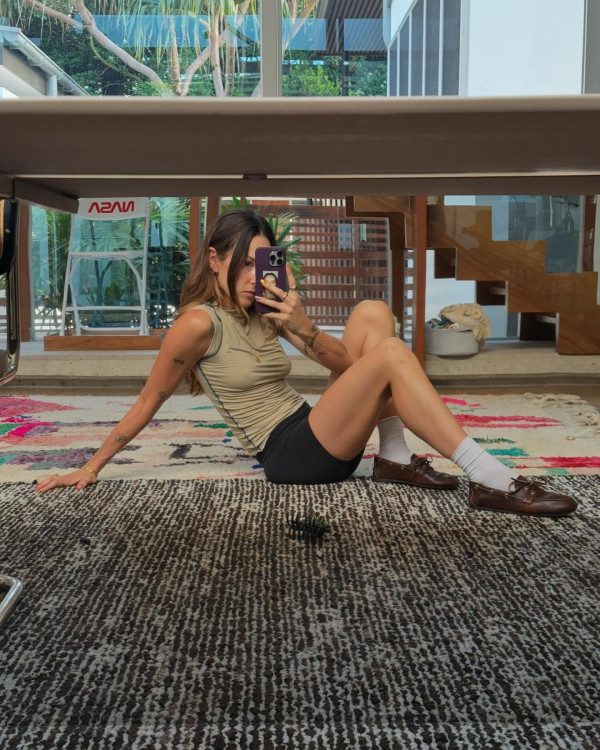
What did the pathway to becoming a full-time artist look like for you?
Slow at first, then all at once. I started taking $100 commissions in New York, drawing whatever people wanted. Over time, that grew into something sustainable. I didn’t wait for permission—just kept going until it became my job.
What’s your method for creating works? What mediums do you gravitate towards?
Pencil. Always pencil. It’s unforgiving, but that’s what makes it interesting. I shoot my own references, usually in direct sunlight, then draw section by section, layering details slowly. There’s no rushing it.
What does your creative process look like and how long does each piece take?
Finding the right object takes the longest. I collect things, photograph them, move them around. Once I commit, it’s just hours at the desk—sometimes 8 hours for a small piece, 100+ for a large one. I work inch by inch, top left to bottom right, so it’s like watching an image develop in real time.
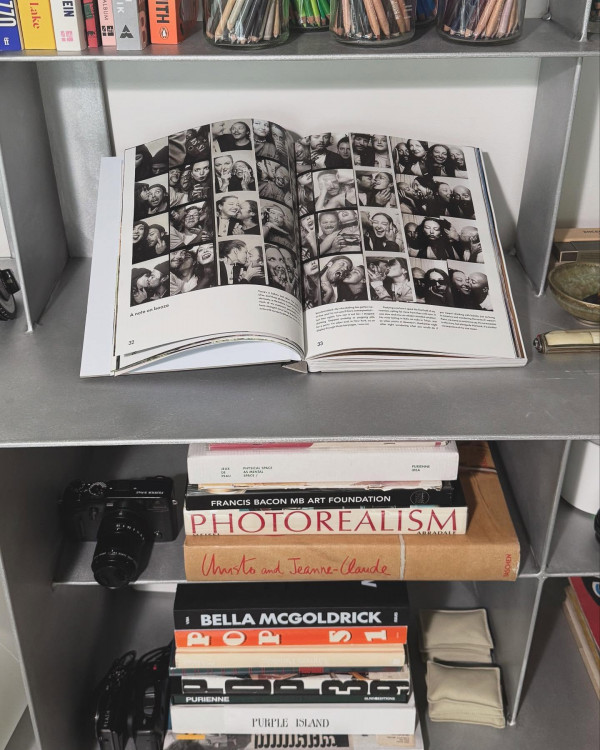
Tell me about your creative spaces: Do you have a space set out for working? How did you create it?
For years, my “studio” was a kitchen table, a sidewalk, wherever I could draw. Now, I have a proper setup at home in Byron Bay—good light, big desk, chaos everywhere. It’s nice to have a space where I can just disappear into the work.
Where do you find the inspiration for each series from?
Objects, food, moments with history. Things that have been handled, used, maybe discarded. A Vegas casino cup, a crumpled ticket, a perfect chair, afternoon lunch in Italy. I like making people look twice at something they’d normally overlook.
What have been your favourite things to draw?
That old Pioneer Club casino cup was a favourite—the wrinkles, the shadows, the nostalgia of it. The bagel piece, because it felt like a love letter to New York. And my chair series, which was just a fun change of pace going so small. Ciao Bella, my Italian collection was really dreamy to create.
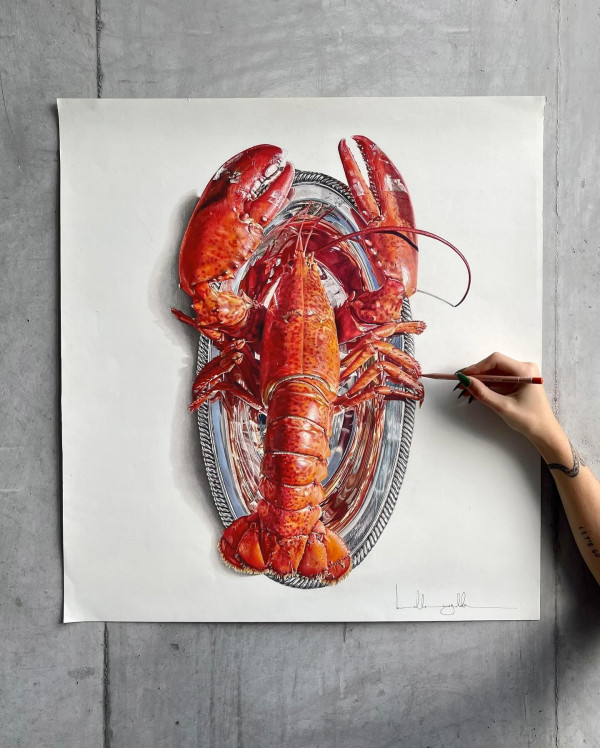
What artists do you admire?
People who create without waiting for permission. William Kentridge for his looseness, Vija Celmins for her patience. But mostly, I admire artists who carve their own path, who figure it out on their own terms.
Tell me more about your book Visa Issues: how did this story come about?
I got deported from the U.S. for a visa mix-up and banned for life. Instead of dwelling on it, my husband and I just left—jumped from country to country, making art along the way. The book tells that story—what happens when you lose everything and turn it into something else.
Where is home for you these days? What does home mean to you?
Byron Bay, Australia. But home is more about people than place. I lived out of suitcases for two years, so I learned to make home wherever I was. Right now, it’s my husband, my twins, my studio. That’s enough.
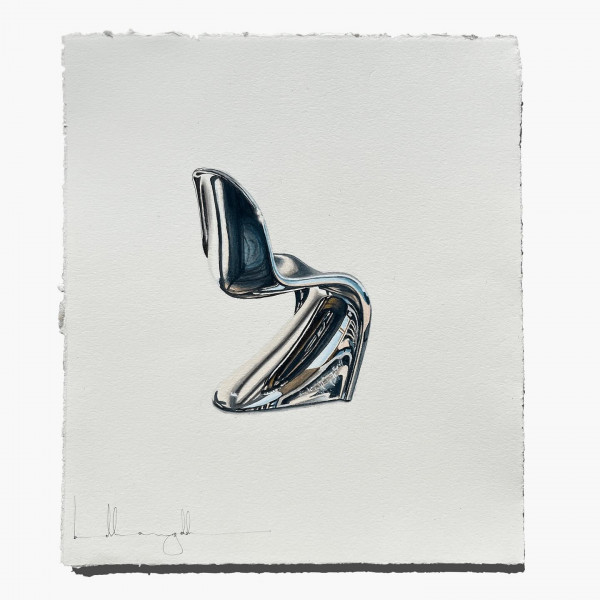
How do art and design fold into your daily life?
It’s everywhere. How I arrange things, how I notice light, how I choose what to draw. I don’t separate life and art—it all feeds into each other. Even something as small as how a coffee cup sits on a table can become part of the process. We’ve been collecting more designer furniture, chairs, lights, etc, for our new house. Just got a huge order from Italy delivered this week actually. Tacchini. My husband Ty is a designer and he’s very meticulous about everything in the house. Everything from our bed sheets and towels to the espresso machine are heavily researched and obsessed over.
Is there anything else you think Remix readers should know about you?
I don’t have it all figured out, and I don’t think I ever will. I just keep drawing, keep learning, and keep finding new ways to make it work. That’s the whole game.




